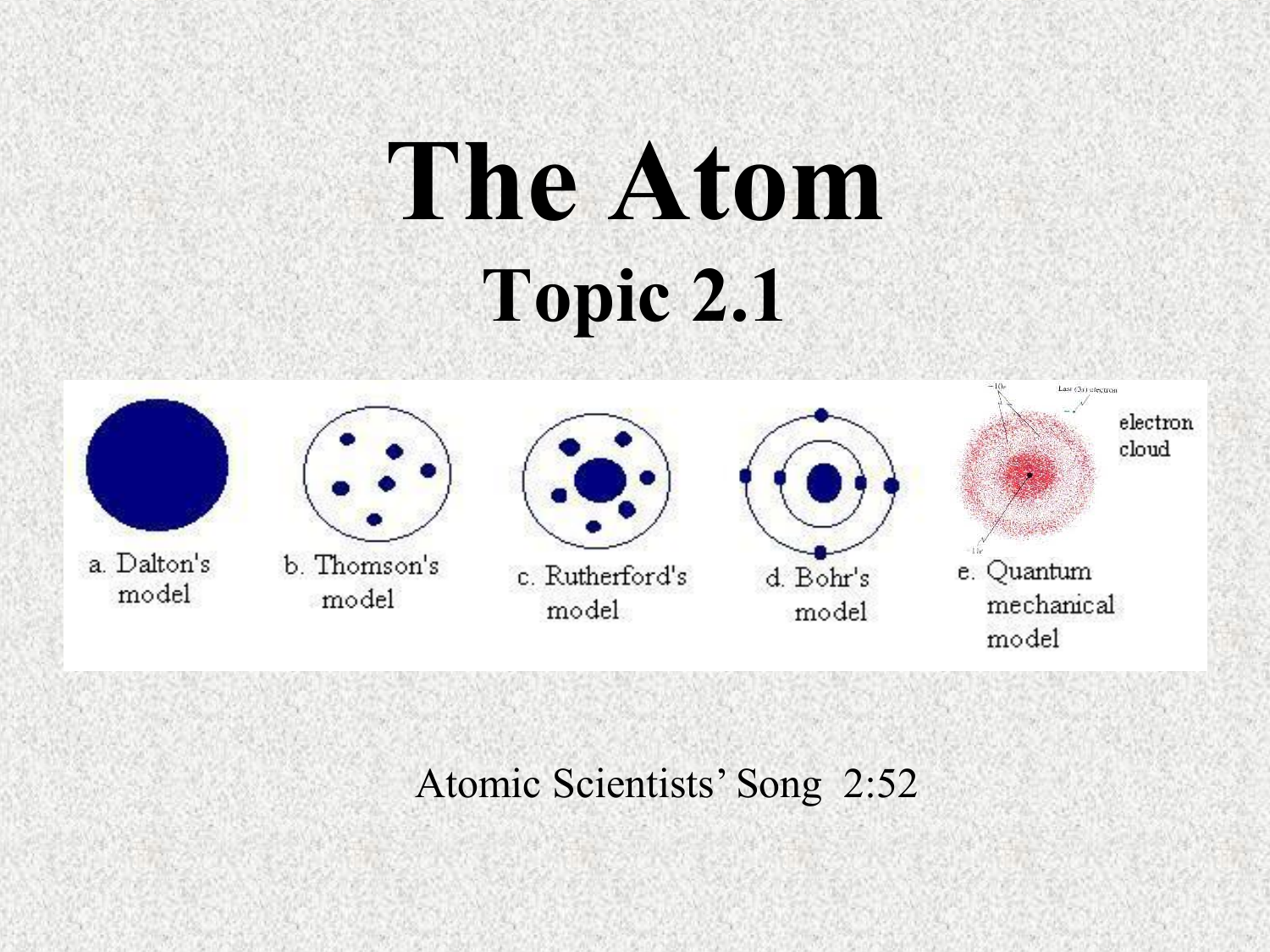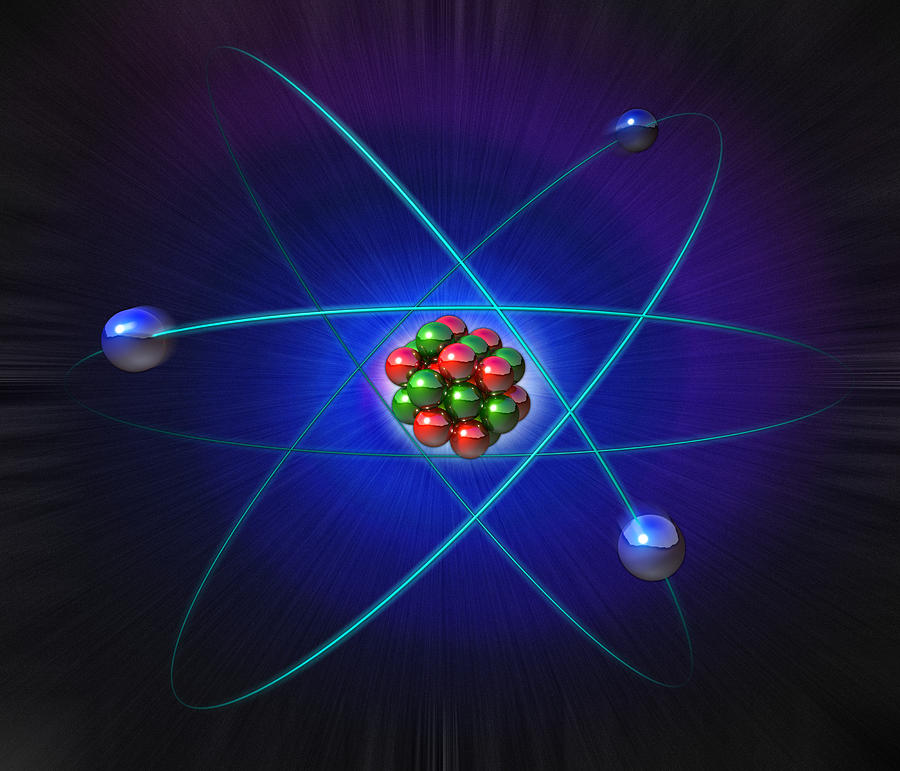The atomic nucleus is the small, dense region consisting of protons and neutrons at the center of an atom, discovered in 1911 by Ernest Rutherford based on the 1909 Geiger–Marsden gold foil experiment. The atom consist of a small but massive nucleus surrounded by a cloud of rapidly moving electrons.The nucleus is composed of protons and neutrons.Total number of protons in the nucleus is called the atomic number of the atom and is given the symbol Z. Atomic energy is the source of power for both nuclear reactors and nuclear weapons. This energy comes from the splitting (fission) or joining (fusion) of atoms. To understand the source of this energy, one must first understand the atom. Components of the atom. The ATOMIC NUMBER is the number of protons there are in the atom. The ELEMENT SYMBOL is the element’s shorthand or abbreviation. The ATOMIC WEIGHT/ATOMIC MASS is the average mass of an element. You can find it by adding the protons and neutrons together. The unit of measurement is the ATOMIC MASS UNIT, or AMU. PUTTING IT ALL TOGETHER. Nuclear reactors are the heart of a nuclear power plant. They contain and control nuclear chain reactions that produce heat through a physical process called fission. That heat is used to make steam that spins a turbine to create electricity. With more than 440 commercial reactors worldwide.
Various types of scattering experiments suggest that nuclei are roughly spherical and appear to have essentially the same density. The data are summarized in the expression called the Fermi model:
Nuclear Atom Tattoo


where r is the radius of the nucleus of mass number A. The assumption of constant density leads to a nuclear density |
The most definitive information about nuclear sizes comes from electron scattering. The comparison of calculated and experimental radii for nuclei are very sensitive to the exact onset of the overlap between the probe particle and the nuclear matter. These comparisons have made it clear that there is a 'tail' where the density of nuclear matter decreases toward zero. The nucleus is not a hard sphere. Krane comments that the evidence points to a mass radius and a charge radius which agree with each other within about 0.1 fermi. Since heavy nuclei have about 50% more neutrons than protons, one might expect a mass radius larger than the charge radius. One can visualize the protons being pushed toward the outside by the proton repulsion and the neutrons being pulled inward by the neutron-proton attraction, so the observed result agrees with what one might expect with this kind of model.
Nuclear Atom Meaning
| Scale model of nucleus | Implications about the strong force |
